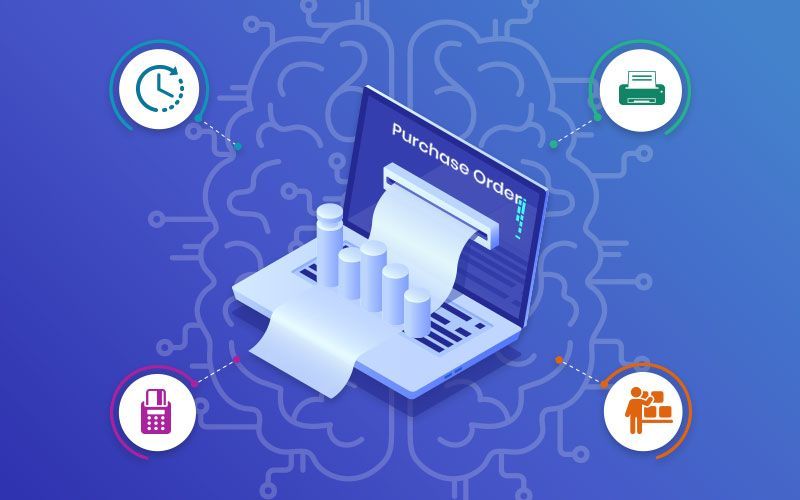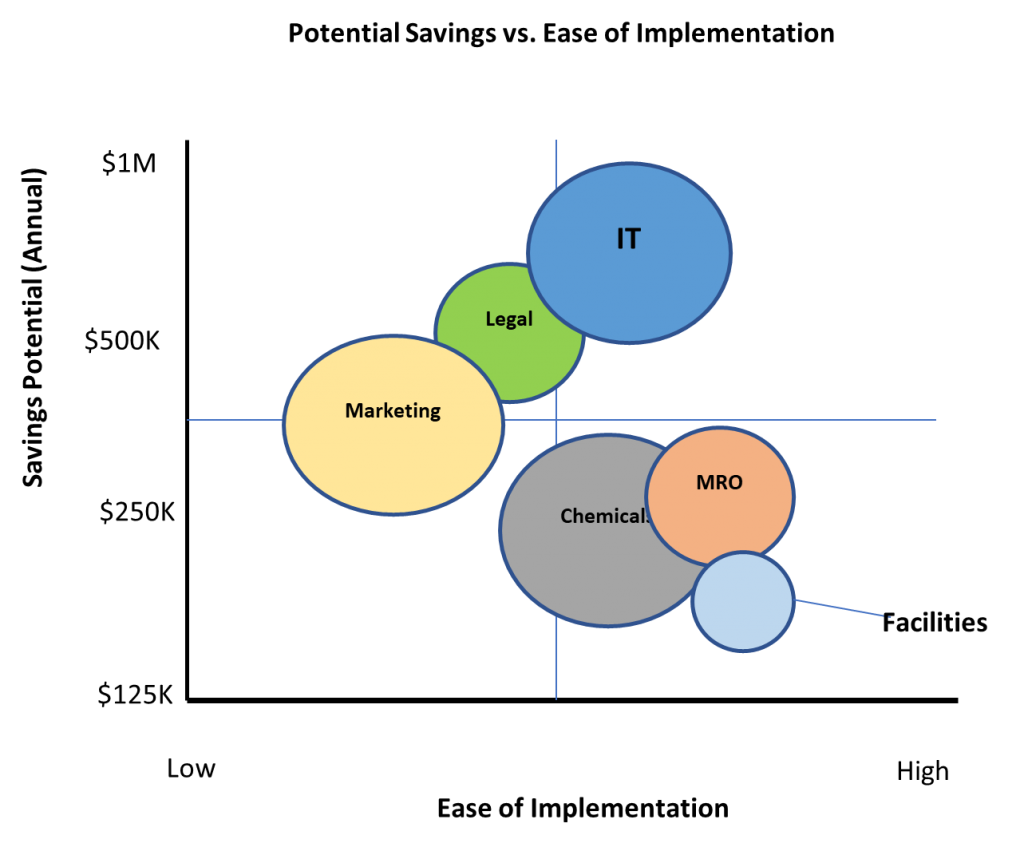CPO Corner – Is Procurement Getting Better, Or Just Older???
By Steve Miller – https://www.linkedin.com/in/stevemiller-coo/
Mike Nolan of SourceSuite.com noted that “the first traces of procurement can be seen throughout ancient history, including the Egyptians in 3,000 BC.”1 Jose Ignacio Lopez de Arriortua made a company’s lead procurement role both famous and infamous over 30 years ago by first helping GM to “save billions of dollars” and then being “charged [by GM] that he had absconded with 20 boxes of top-secret documents.”2 Is it surprising, then, that after thousands of years of practice and 30+ years of high visibility that most CEOs and CFOs up until 2020 believed their procurement functions were either world class, or at least adequate, for the business challenges they might face?
These executives learned from 2020 to 2023 what many top procurement experts already knew: you can find stars and strategic executives in procurement, but overall, it is a function very early in its transformation toward functional excellence. Most business executives don’t understand what excellent procurement looks like. As an example, a Fortune 100 CEO in 2019 said this about the value of having a head of procurement: “if we can buy things like pencils for a cheaper price, then why not?” It probably is not a surprise that in 2020 this company saw its direct operating and SG&A costs increase over $400 million, almost all of which dropped to the bottom line in terms of reduced operating income.

Kearney’s 2022 Assessment of Excellence in Procurement study found that leaders, compared with their industry peers, generate nearly 2x more total shareholder return, rebounded 3x stronger through COVID, and contributed 200 basis points more to EBITDA from their third-party spend.3 Here are seven red flags that, when looked at in aggregate, show a company is NOT maximizing the value of its procurement function:
- Poor Alignment Between Procurement Leaders and Budget Owners – Key indicators include lack of procurement integration in budget owners’ annual plans, no regular senior-level procurement meetings with key stakeholders, distributed ownership of the procurement function, and no co-ownership of initiatives in the strategic plan. Indicative comments include “we don’t see procurement’s bottom-line impact” and “procurement slows things down.” Most executives when interviewed will say they work well with procurement, but unless performance commitments are embedded in formal business plans, financial reporting, and organization structures, these positive comments are often just professional courtesy.
- Narrow Skillset in Procurement – Successful procurement teams require a broad skill set in their leaders well beyond cost analysis, negotiation, and cost management. Procurement executives need to have strong decision-making, collaboration, and subject-matter expertise beyond procurement to make them strong business partners. Are they participating in cross-functional strategic initiatives? Have they spent their entire careers in procurement with limited promotion? Do performance competencies lack EQ-oriented and strategic planning capabilities? Without broader skillsets, procurement teams’ impact in the business will be limited and tactical.
- Low Business Acumen – Most procurement leaders aspire to have ‘a seat at the table,’ meaning being embraced by their C-suite as contributors to the broader business. If they have not had experience in multiple functions, played key roles in initiatives that extend beyond procurement, or dedicated time in outside board leadership roles, this is unlikely. A short conversation about business priorities and strategies, and how procurement fits within them, is usually enough to determine if the leader has sufficient business acumen to elevate procurement’s impact. If the leader does not, the team will not.
- Weak Technology Enablement – Poorly implemented technology, overcomplicated methods, and being behind the technology curve indicate both ineffective execution and lack of business commitment to procurement. Further, if organizations don’t couple technology enablement with people enablement, failure is inevitable. And if a company today has not yet justified implementation and maintenance of a spend cube, it is at least 10 years behind in application of procurement technology.
- Siloed or Absence of Effective Supplier Management – Supplier management, or SRM, is often overcomplicated, administrative, and ineffective. Last month, one company’s head of supply chain asked a representative from one of his top distributors how he knew a delayed part shipment would be coming next week from the manufacturer. The answer was, “they said it would.” No other data, questioning, or root cause analysis on the original delay had been done. Effective SRM programs use data and are led from the top by both budget owners and procurement. Lack of procurement involvement in key supplier executive relationships and lack of performance data are strong indicators of low strategic procurement influence.
- Lack of Supply Chain Management – Purchase Price Variance (PPV) is an important but inadequate measure of the strategic impact of procurement. Total Cost of Ownership (TCO) is a more comprehensive one. Top procurement teams couple TCO with assurance of supply within the supply network back to the tier that presents the most risk in their supply chains. If procurement is not aware of tier 3 and tier 4 suppliers in its most critical areas of supply and is not involved in muti-tier joint process improvement initiatives, it is greatly limited in its ability to act strategically.
- Low Process Agility– Business doesn’t always operate on “procurement time,” the time it takes a well-led procurement organization to execute a comprehensive strategic sourcing effort. Sometimes, a supply need must be satisfied under time duress and other non-ideal conditions. To maximize strategic impact, the entire sourcing team must be capable of flexing the procurement process to meet business needs, regardless of the extenuating circumstances. Those who use a “one-size-fits-all” procurement approach are roadblocks to business success.
With the likely billions of dollars invested in procurement tools and organizations over the last 20 years, it is hard to understand why procurement is not at a consistently higher level of performance in large and mid-size companies. With heightened inflation, supply chain risk, and near sourcing priorities, the positive impact of strategic procurement is more important than ever.
All is not lost, however! There are procurement shining stars and leading practices that help chart the path to performance excellence. Over the next several months, these will be highlighted in our Procurement Leaders and Leading Practices series. By sharing these examples and case studies, we hope this guidance will help you become more effective, not just older.




Tom Donatelli Joins OnDemand To Enhance Our Client Service Capabilities And Broaden Our Market Reach





